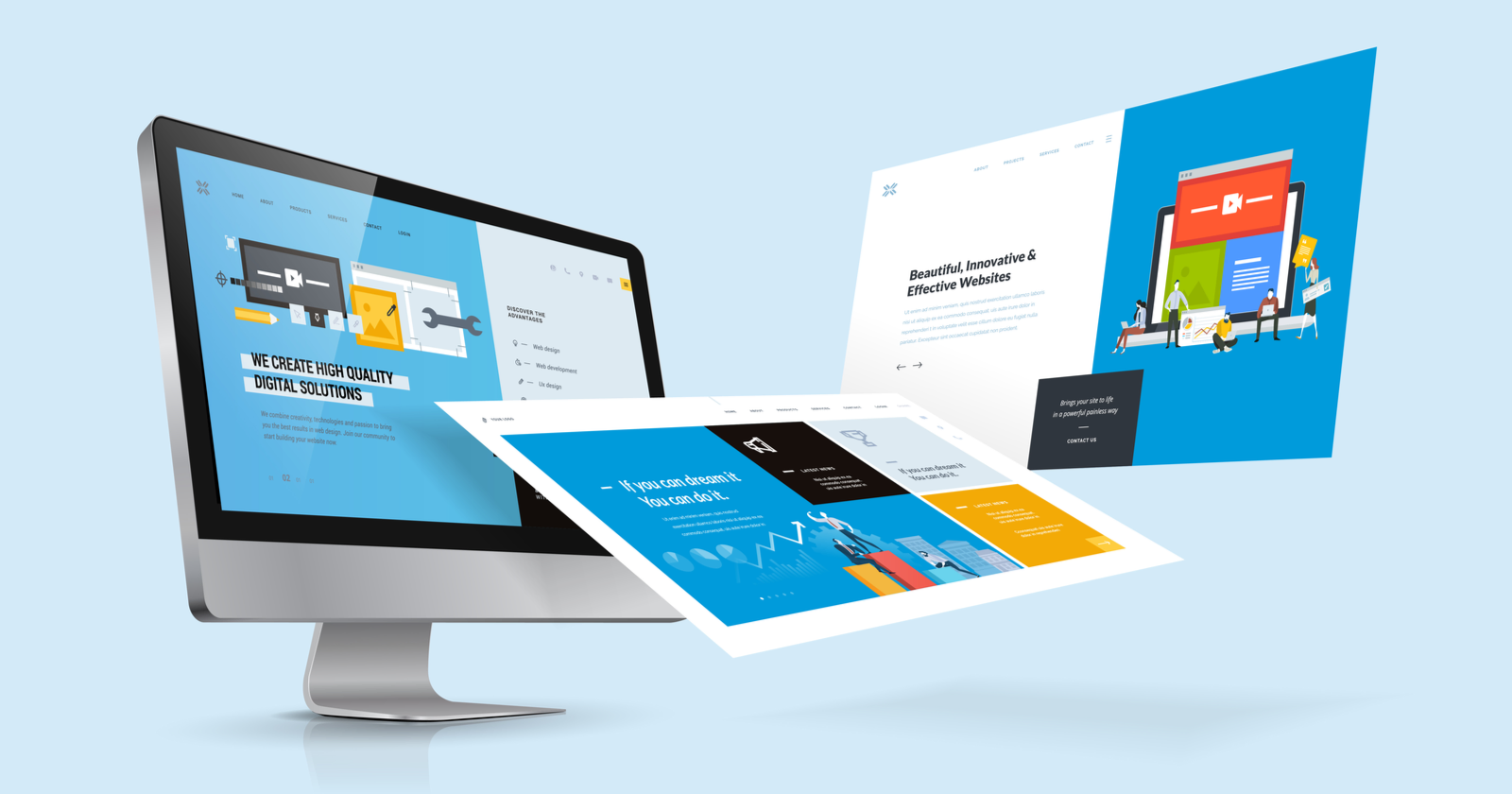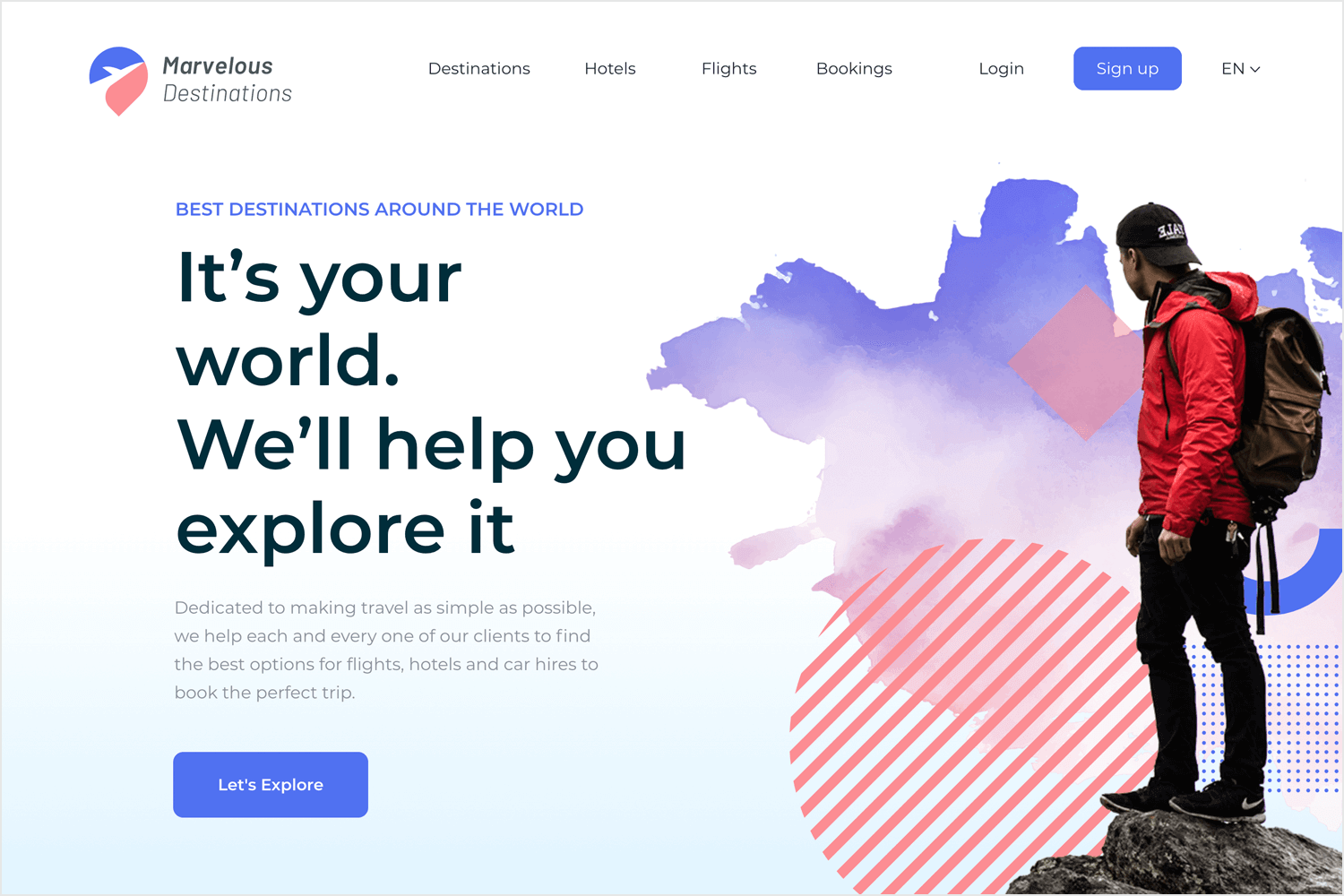Trick Approaches for Implementing User-Centric Site Layout to Boost Engagement
When thinking about the implementation of user-centric internet site style, particular approaches contribute in improving engagement. Extensive research study into user needs and preferences creates the foundation, directing the production of user characters to inform style options. User-friendly navigating and responsive interfaces are critical, making certain ease of accessibility across all gadgets. On the other hand, personalizing material improves customer fulfillment, and robust accessibility attributes widen reach. These methods jointly foster an even more significant online experience. Yet exactly how do these aspects collaborated efficiently, and what sensible actions can be required to ensure their effective combination?
Comprehending Individual Demands
Comprehending individual needs is an essential action in the process of user-centric site design. Techniques such as studies, meetings, and customer testing can give beneficial qualitative and quantitative data about how users communicate with the internet site.
Examining this information allows designers to develop in-depth individual personalities that stand for the different sectors of the target market. These identities assist notify style choices by highlighting specific user objectives and challenges, guiding the development of features that deal with these requirements successfully. In addition, comprehending the context in which individuals operate-- such as their atmosphere, gadget preferences, and time constraints-- can additionally improve the design approach.
Empathy plays a vital function in this procedure, enabling developers to see the internet site from the individual's point of view. By focusing on user requirements, the style process comes to be a lot more concentrated, avoiding the inclusion of unneeded aspects that can mess the individual experience. Inevitably, a deep understanding of user needs is critical in crafting an internet site that is both meaningful and practical.
Creating User-friendly Navigating
Having developed a thorough understanding of user demands, the following action in user-centric web site design entails developing user-friendly navigation. Effective navigation is essential to user satisfaction, affecting just how conveniently individuals can find details and total tasks. To attain user-friendly navigating, designers must prioritize simplicity and clarity, guaranteeing that the navigation framework is regular and sensible throughout the site.
Organizing material right into a clear power structure is important. Website Design. Making use of acquainted labels and icons can assist users easily, reducing cognitive tons and boosting the total user experience. A well-designed navigating bar should be plainly put, permitting customers to recognize their existing location and easily discover various other areas of the website
It is also vital to include interactive components such as breadcrumbs and search capabilities to aid customers in navigating complicated websites. These functions give added paths and enhance the ease of access of content, providing to various user preferences and habits.
Checking navigation with genuine individuals is vital to identify prospective pain factors and make certain performance lines up with user assumptions. Regular feedback loopholes and repetitive enhancements can aid preserve an effective navigating system that adjusts to developing customer demands, ultimately increasing engagement and satisfaction.
Developing Responsive Interfaces
Usually, creating responsive user interfaces is a crucial element of modern internet style, guaranteeing that internet sites are accessible and functional across a wide variety of tools and screen sizes (Website Design). This versatility is important in a visit this website landscape where individuals gain access to web content using mobile phones, tablet computers, desktop computers, and laptops, each with differing alignments and resolutions. The primary goal of responsive layout is to improve user experience by keeping optimum readability and functionality, no matter the tool utilized
To accomplish this, web developers utilize versatile grid designs, fluid images, and CSS media queries. Versatile grids enable internet site components to resize proportionally, while liquid photos make sure visuals range appropriately without losing quality. Media queries play an important function by using you could try these out various styles based on the gadget's attributes, such as orientation, width, and height, hence customizing the design to the individual's display.
Furthermore, responsive interfaces contribute to boosted seo (SEO) by offering a seamless customer experience, which subsequently can minimize bounce prices and rise site involvement. In summary, adopting receptive design is not simply a technical factor to consider however a vital strategy for fostering a user-centric internet setting that meets the demands of a varied audience.

Personalizing Web Content Experience
Individualizing material experience is a vital element of user-centric website design that entails tailoring material to fulfill the special choices and actions of specific customers. This method not just improves customer satisfaction however likewise cultivates deeper engagement, as site visitors are a lot more likely to interact with material that resonates with their demands and interests. By leveraging information analytics and customer responses, companies can identify patterns and fads that inform the customization of internet material.
Integrating customization methods can range from easy adjustments, such as suggesting products based upon searching background, to much more sophisticated methods like vibrant web content that adapts in real-time to a customer's interactions. Personalized landing web pages can significantly raise conversion prices by supplying customers with appropriate details and provides that align with their previous tasks and choices.
Furthermore, using man-made knowledge and machine knowing informative post can even more refine content personalization by continually gaining from customer habits and adjusting to arising fads. This not only enhances the individual's trip but likewise constructs brand name loyalty, as consumers really feel comprehended and valued. Eventually, individualizing the material experience is a necessary technique for businesses intending to produce a more engaging and meaningful interaction with their audience.
Enhancing Accessibility Features
Enhancing access functions is a fundamental facet of user-centric site style, making sure that electronic content is usable by everyone, consisting of people with specials needs. This method not only adheres to legal requirements such as the Americans with Disabilities Act (ADA) and the Web Material Accessibility Guidelines (WCAG) but likewise significantly broadens a website's target market reach. By incorporating features like keyboard navigating, screen viewers compatibility, and alternate message for pictures, websites become a lot more inclusive, supplying a smooth experience for customers with aesthetic, acoustic, or motor impairments.
Integrating receptive style elements is crucial, facilitating access on various tools and display sizes, therefore suiting customers with various choices and demands. Additionally, comparison ratios and text dimension adjustments can enhance readability for people with visual difficulties. Giving concise and clear material structure, such as headings and checklists, help comprehension and navigation, especially for individuals with cognitive specials needs.
Normal accessibility audits must be carried out to determine and fix prospective barriers, making certain continued compliance and use. By prioritizing ease of access, services not just foster inclusivity but also boost overall user interaction and contentment, ultimately driving higher conversion rates and reinforcing brand name loyalty.

Conclusion
Including user-centric layout techniques considerably improves internet site involvement by focusing on the needs and choices of customers. Thorough research study helps with the production of customer identities, leading targeted style choices. User-friendly navigating and responsive interfaces boost functionality and ease of access across devices. Customizing content based on user behavior increases contentment, while robust availability functions broaden audience reach. Jointly, these strategies create a purposeful on-line experience, fostering much deeper interaction and interaction with the website.
Comprehensive research into user requirements and preferences creates the foundation, leading the production of customer characters to inform layout selections. Techniques such as surveys, interviews, and individual testing can provide useful qualitative and measurable data about just how individuals interact with the web site.
By prioritizing user requirements, the design process comes to be much more concentrated, protecting against the addition of unneeded components that can clutter the individual experience. Effective navigation is basic to user satisfaction, affecting how conveniently customers can locate info and total jobs. The use of familiar labels and icons can direct customers effortlessly, decreasing cognitive tons and improving the overall user experience.